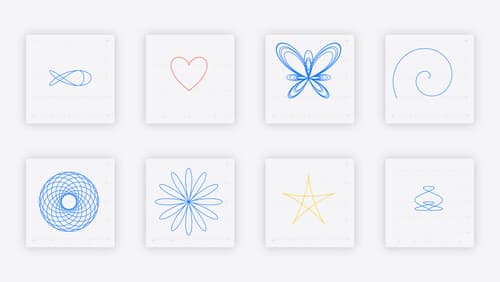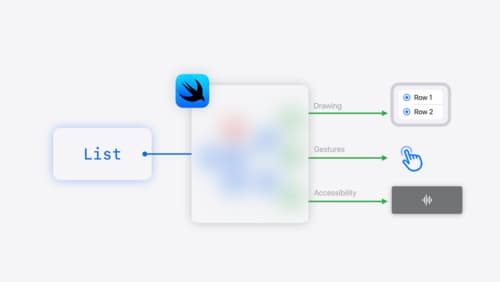What is style
Asked on 2025-02-10
1 search
The term "style" in the context of Apple's WWDC sessions refers to various ways to customize the appearance and behavior of UI components across different frameworks like SwiftUI, StoreKit, RealityKit, and AppKit. Here are some examples from the sessions:
-
SwiftUI: Styles in SwiftUI allow you to customize controls like buttons, toggles, and pickers. For instance, the
searchablemodifier can be applied to views to enable search functionality, and you can further customize it with suggestions, scopes, and tokens. SwiftUI's styling system helps maintain accessibility while changing a view's appearance. Catch up on accessibility in SwiftUI (03:09). -
TipKit: In TipKit, you can create custom tip view styles to showcase content, such as using a trail's hero image as a background in a hiking app. This involves using the
tipViewStylemodifier to apply custom styles. Customize feature discovery with TipKit (08:25). -
StoreKit: StoreKit introduces new styles for subscription options, such as the compact picker style, page picker style, and page prominent picker style. These styles help in presenting subscription plans effectively by using different layouts and effects. What’s new in StoreKit and In-App Purchase (08:54).
-
RealityKit: New styles in RealityKit include highlight and shader styles, which allow for visual effects like tint color and strength adjustments on 3D content. These styles enhance the visual presentation of entities in augmented reality applications. Discover RealityKit APIs for iOS, macOS and visionOS (02:44).
-
AppKit: In AppKit, styles can be applied to toolbars, allowing for customization of display modes and item visibility. This includes offering choices between icon-only or text-labeled toolbar items to improve accessibility and user preference. What’s new in AppKit (15:21).
These styles are essential for creating visually appealing and accessible applications across Apple's platforms.

Swift Charts: Vectorized and function plots
The plot thickens! Learn how to render beautiful charts representing math functions and extensive datasets using function and vectorized plots in your app. Whether you’re looking to display functions common in aerodynamics, magnetism, and higher order field theory, or create large interactive heat maps, Swift Charts has you covered.

Discover RealityKit APIs for iOS, macOS and visionOS
Learn how new cross-platform APIs in RealityKit can help you build immersive apps for iOS, macOS, and visionOS. Check out the new hover effects, lights and shadows, and portal crossing features, and view them in action through real examples.

SwiftUI essentials
Join us on a tour of SwiftUI, Apple’s declarative user interface framework. Learn essential concepts for building apps in SwiftUI, like views, state variables, and layout. Discover the breadth of APIs for building fully featured experiences and crafting unique custom components. Whether you’re brand new to SwiftUI or an experienced developer, you’ll learn how to take advantage of what SwiftUI has to offer when building great apps.
